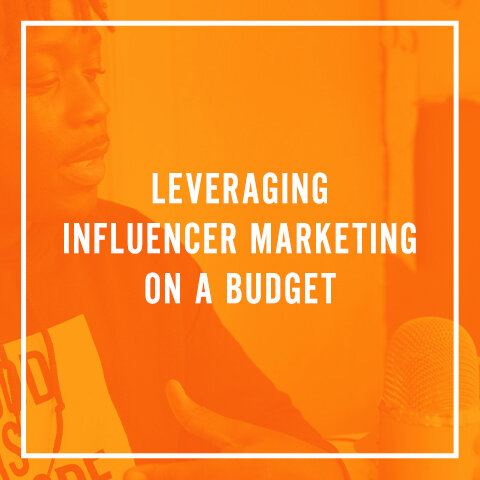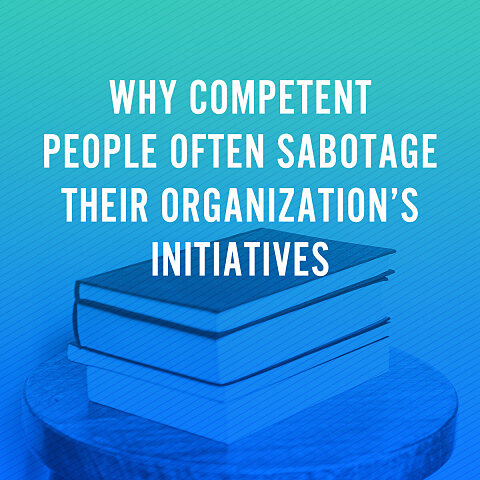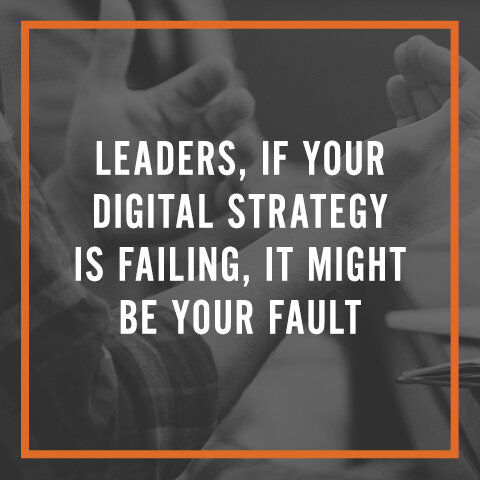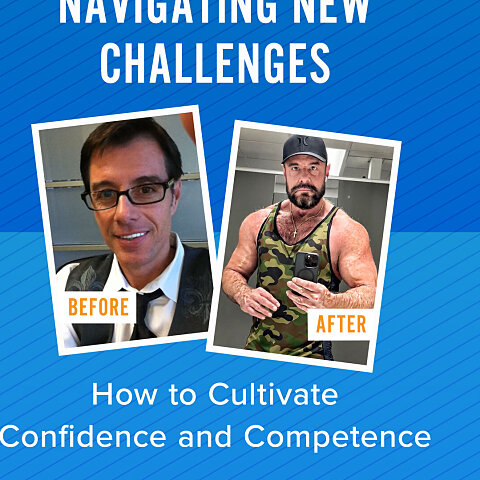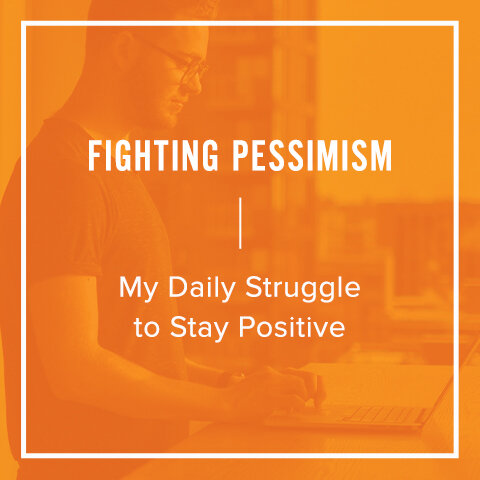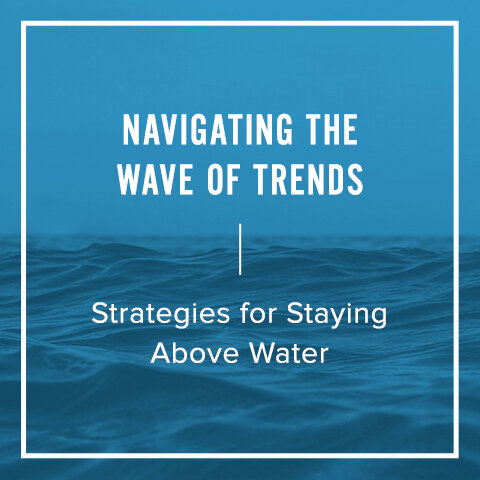The Psychology of Converting Landing Pages
By Maurilio Amorim
Landing pages are the backbone of every digital campaign. And if you are not using them, you are missing out.
For the past several years, every marketing campaign we have done at The A Group has had one or more landing pages associated with it. Landing pages are a crucial element of digital marketing, and understanding their psychology can help you create more effective pages that convert more visitors into customers or donors.
-
Clarity and simplicity: The most effective landing pages are clear and straightforward. They have a single, specific message and a clear call-to-action (CTA). This helps visitors understand what they are supposed to do and makes it more likely that they will take action.
-
A sense of urgency: Creating a sense of urgency can help motivate visitors to take action. For example, you can use language such as "limited time offer" or "only a few spots left" to create a sense of scarcity that will encourage visitors to act fast. A nonprofit organization's donation campaign could use language such as "Help us reach our goal by the end of the month."
-
Trust and credibility: Visitors are more likely to take action if they trust and believe in your message. You can establish trust and credibility by including social proof such as customer testimonials, trust badges, or certifications. Quick videos of people impacted by your organization can be the most effective type of social proof.
-
Emotion: Emotions play a significant role in decision-making. By telling compelling stories, you can make a deeper connection with them and increase the likelihood that they will take action. This can be done using copy, images and videos that evoke goodwill and empathy.
-
Flow and design: The design of your landing page should be visually appealing and guide the visitor's attention toward the CTA. This can be achieved using contrasting colors, whitespace, and a clear layout.
-
Mobile first: If you are running ads, most of the traffic to your landing page will be mobile. Make sure your landing page is optimized for mobile and the content blocks stack in a natural progression.
Fight the urge to create a landing page with multiple columns and design features that don't translate well into a mobile experience. Your goal is to guide your audience to convert and not to wow them with your visuals.
- Test and optimize: Landing pages should be constantly tested and optimized. By testing different elements of your page, such as headlines, images, and CTAs, you can learn what works and what doesn't and make improvements accordingly.
Even with all the testing and best practices, one thing remains true: your landing page will not most likely work right away. Sometimes it takes weeks of testing before you have a high-performing landing page.
Changing just ONE WORD, made a huge difference for one of our clients.Read about HERE
The important thing here is to keep working and testing until you get traction.
Once you think you've got it, test it some more.



